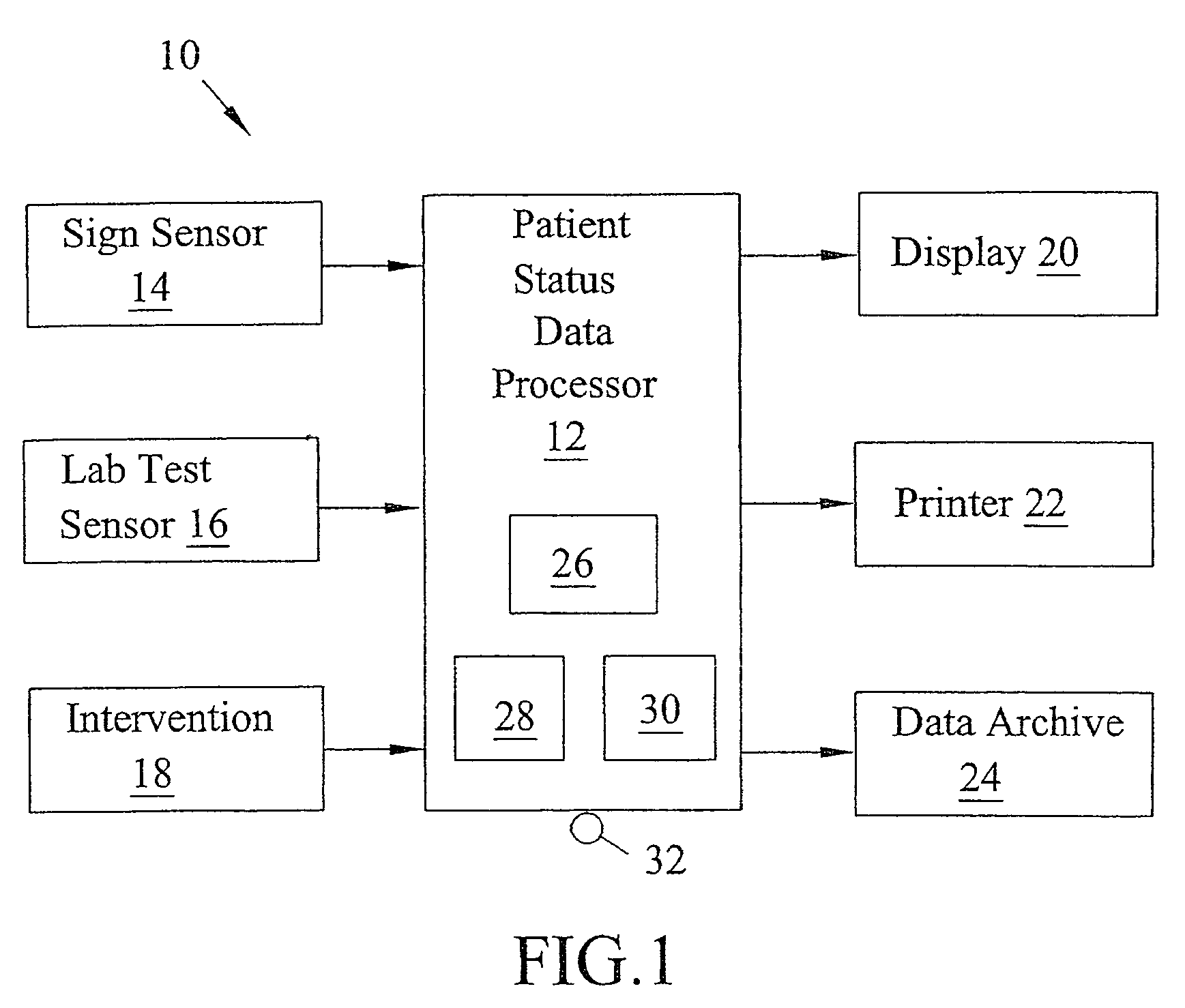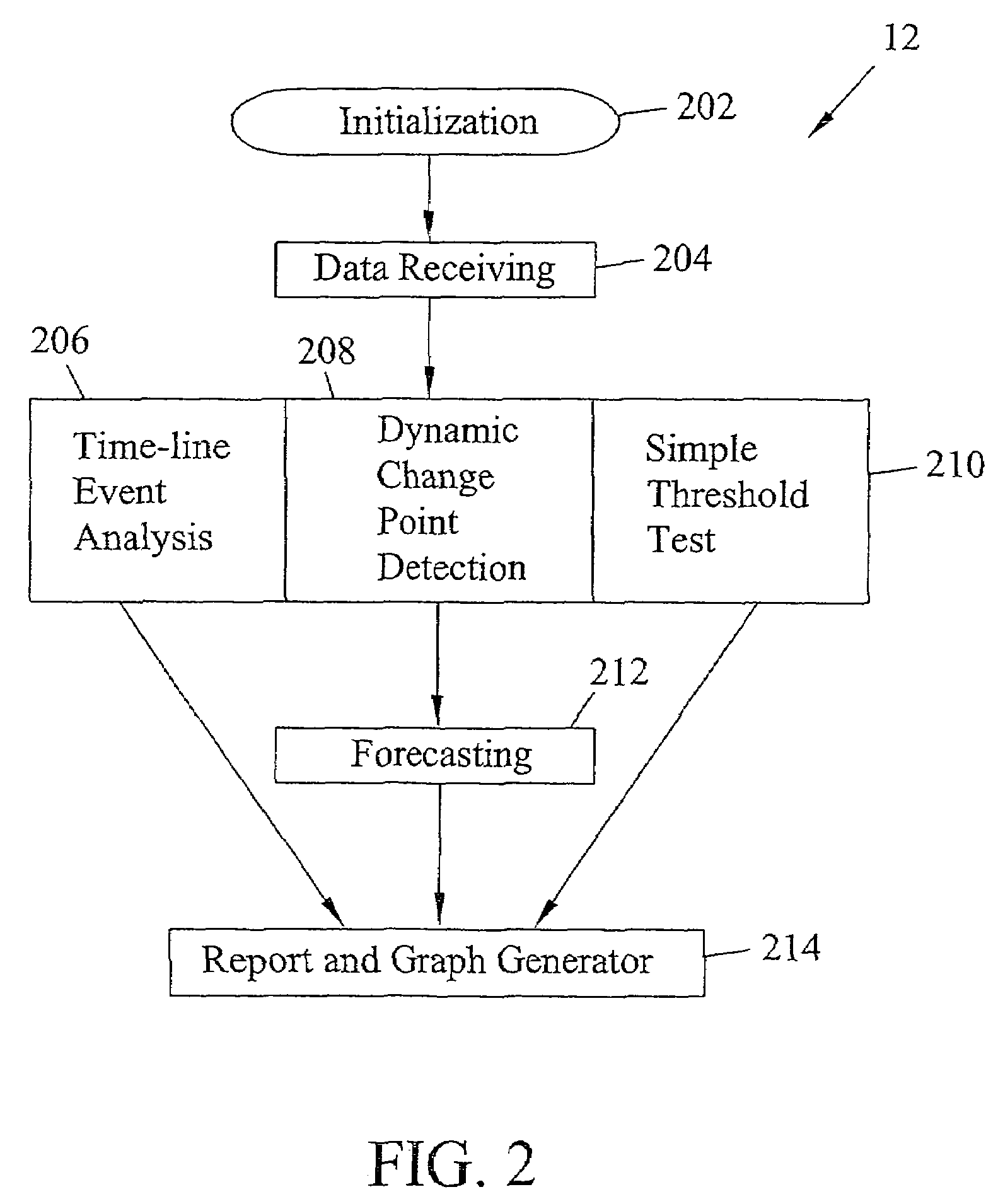Microsensor system and method for measuring data
a microsensor and data technology, applied in the field of monitoring data, can solve the problems of affecting the health of patients, affecting the use of these approaches, and the method is not precise, and achieve the effect of accurately identifying viable and non-viable tissue, accurately measuring and monitoring the shock state of a patien
- Summary
- Abstract
- Description
- Claims
- Application Information
AI Technical Summary
Benefits of technology
Problems solved by technology
Method used
Image
Examples
Embodiment Construction
[0036]The nature, objectives, and advantages of the invention will become more apparent to those skilled in the art after considering the following detailed description in connection with the accompanying drawings.
I. Introduction
[0037]The present invention generally relates to monitoring data. Some embodiments provide a microvascular technique for measuring a characteristic of tissue in a patient. Some specific examples concern injecting a microprobe in dermal tissue, to quickly and relatively non-invasively measure dermal tissue pH. Although an embodiment for measuring tissue pH is discussed in this introduction, the invention is not limited to this specific illustrative example.
[0038]Real-time measurement of dermal tissue pH (the pH of the vascular layer of the skin), can be used to monitor the general onset of shock. Some examples of the invention provide a real-time microsensor system for measuring tissue pH in the vascular layer of skin, and consequently may be used to detect a...
PUM
 Login to View More
Login to View More Abstract
Description
Claims
Application Information
 Login to View More
Login to View More - R&D
- Intellectual Property
- Life Sciences
- Materials
- Tech Scout
- Unparalleled Data Quality
- Higher Quality Content
- 60% Fewer Hallucinations
Browse by: Latest US Patents, China's latest patents, Technical Efficacy Thesaurus, Application Domain, Technology Topic, Popular Technical Reports.
© 2025 PatSnap. All rights reserved.Legal|Privacy policy|Modern Slavery Act Transparency Statement|Sitemap|About US| Contact US: help@patsnap.com



